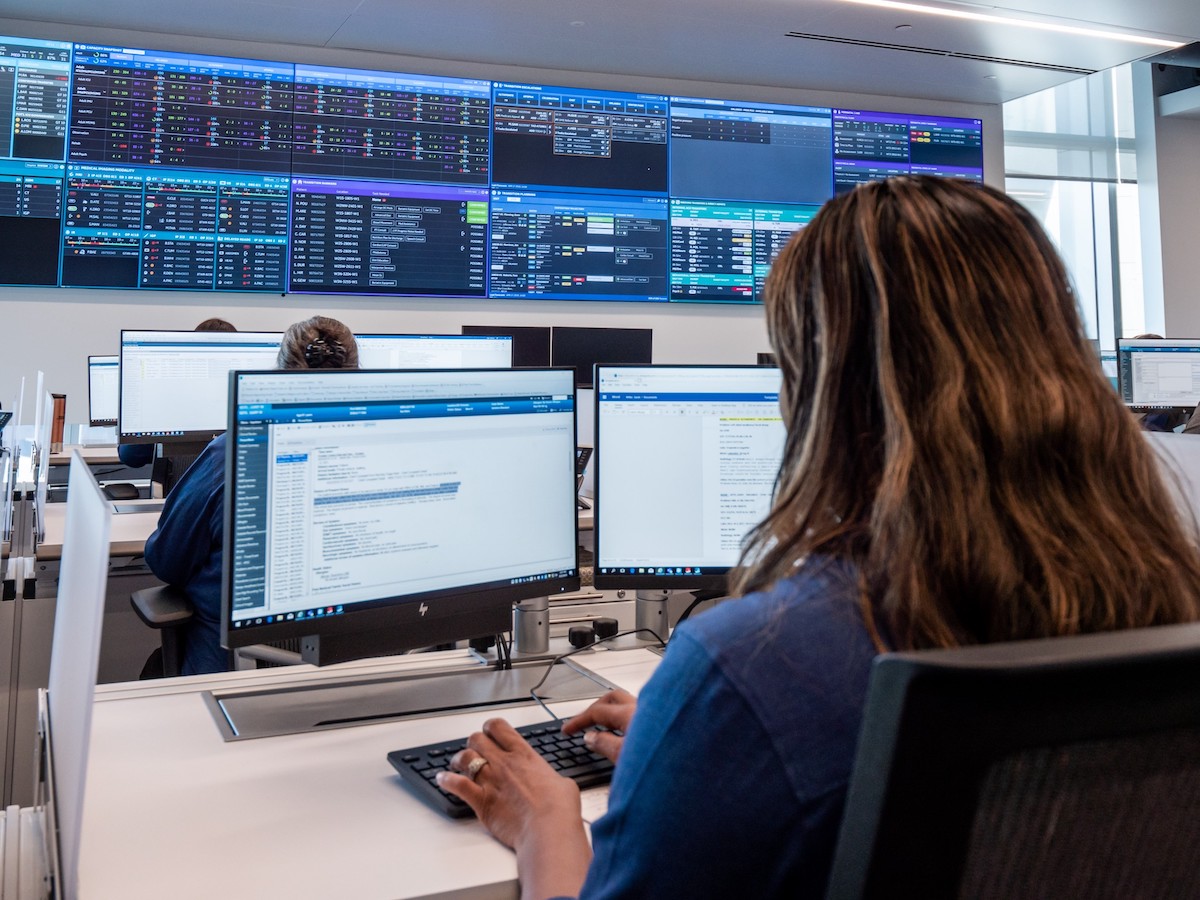When it comes to artificial intelligence (AI) in radiology, you may think first of hypersensitive scanning systems or devices that can look deep inside the human body to find hidden cancer cells, but AI has proven an invaluable tool for more prosaic parts of the medical practice, notably managing workflow.
“AI is like an invisible friend that helps you run faster,” says Mathias Goyen, chief medical officer for GE Healthcare Europe, the Middle East, and Africa and a professor of diagnostic radiology at the University of Hamburg. Goyen says that AI has been particularly helpful to clinicians in three distinct areas: writing reports, scheduling patients, and navigating hospital bureaucracy.
Drowning in a Sea of Data
Doctors spend anywhere from 3 hours a week to 90 minutes a day filling out paperwork and trying to look up information from different sources. “It’s a nightmare,” Goyen says. “It has nothing to do with medicine.”
But apps like those of GE Healthcare’s Edison Digital Health Platform can help free up some of that time. The Edison platform is a data aggregation system with an integrated AI engine that collects patient data from multiple databases and inserts the information into the appropriate spot in a report. It saves clinicians time they would spend clicking around between programs and searching for information.
“The goal is to free up clinicians so they can focus on the patient,” says Goyen. “In the end, the patient is the winner.”
There’s Always an Extra Bed: You Just Need to Know Where to Find It
One of the biggest pain points for doctors, Goyen says, is the constant bottleneck inside hospitals and finding places to put patients. As a resident, it was not uncommon for him to have to search all over the hospital at 3 a.m. to find a bed for a patient who had already waited for several hours in the emergency room.
But that was before GE Healthcare Command Centers, another AI-based solution attached to the Edison system, focused on operations and logistics. The Command Centers connect various departments within the same hospital or hospital system and update data in real time. “It creates transparency in all processes in a hospital,” says Goyen.
A GE Healthcare Command Center. Image courtesy of Advent Health.
For instance, a doctor in the emergency department can see if there happens to be another bed in, say, oncology or cardiology where the patient can rest overnight instead of having to go home.
“The irony is that all these startups develop apps to make life easier,” Goyen says, “but sometimes they really add another level of complexity. Many radiologists say if there’s one more click, they will not use it.
The goal is to let the AI do its work almost invisibly, without adding extra steps for the radiologist. “The best AI is embedded in the existing workflow, doing its magic in the background,” Goyen continues. “GE Healthcare is doing something right if the AI can do its work almost invisibly, without adding extra steps for the radiologist.”
REFERENCES
[1] GE Healthcare, “Smart Scheduling,” https://apps.gehealthcare.com/app-products/smart-scheduling.


